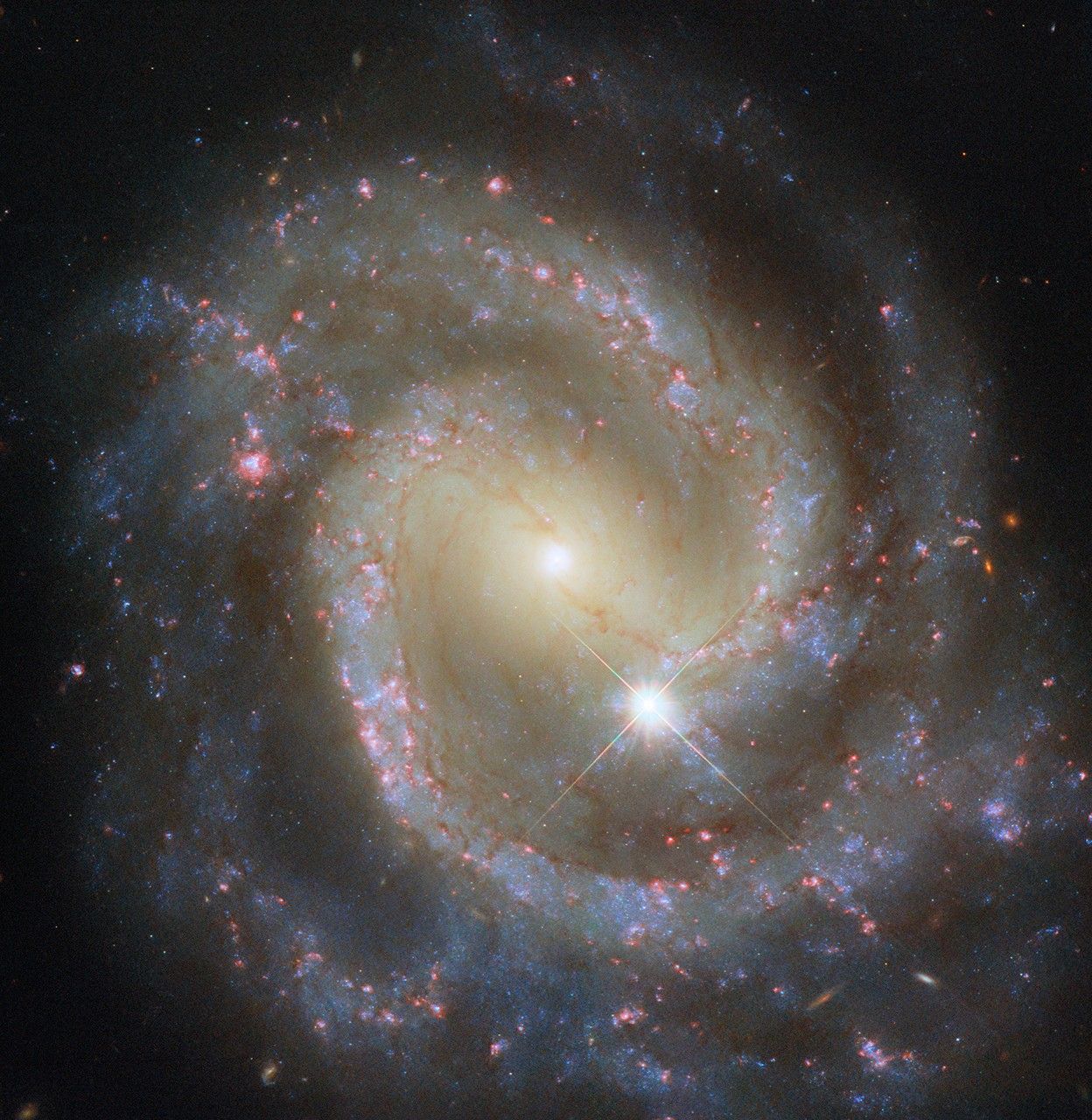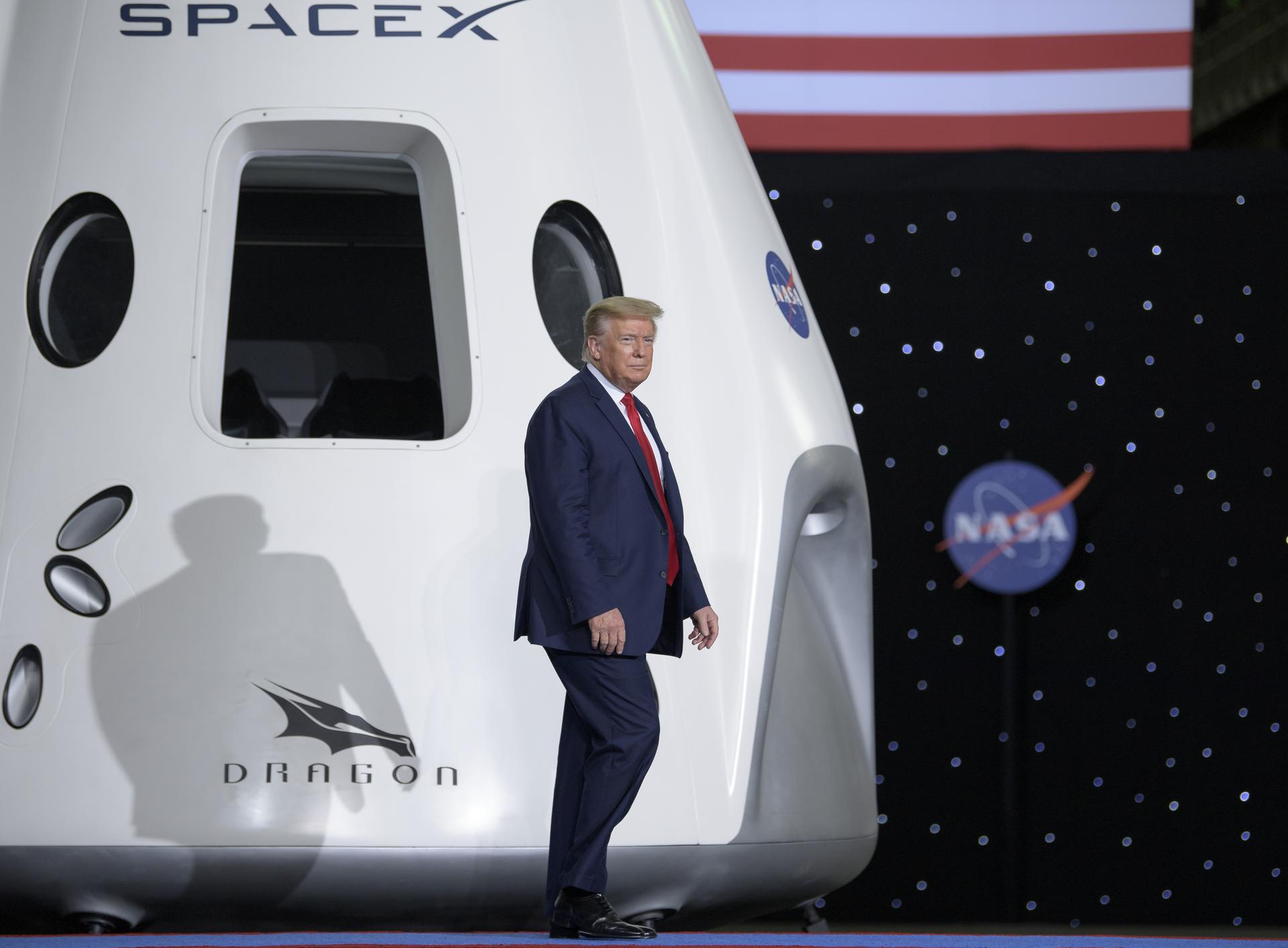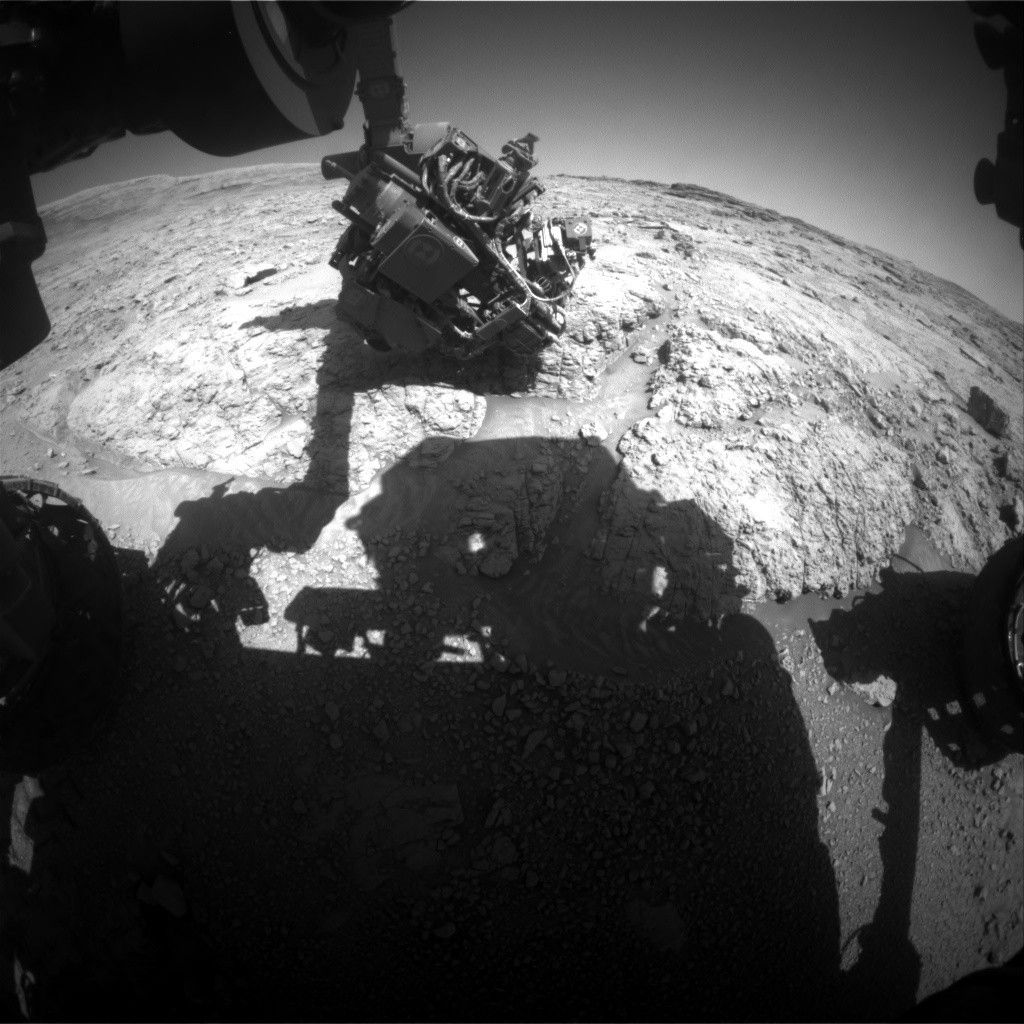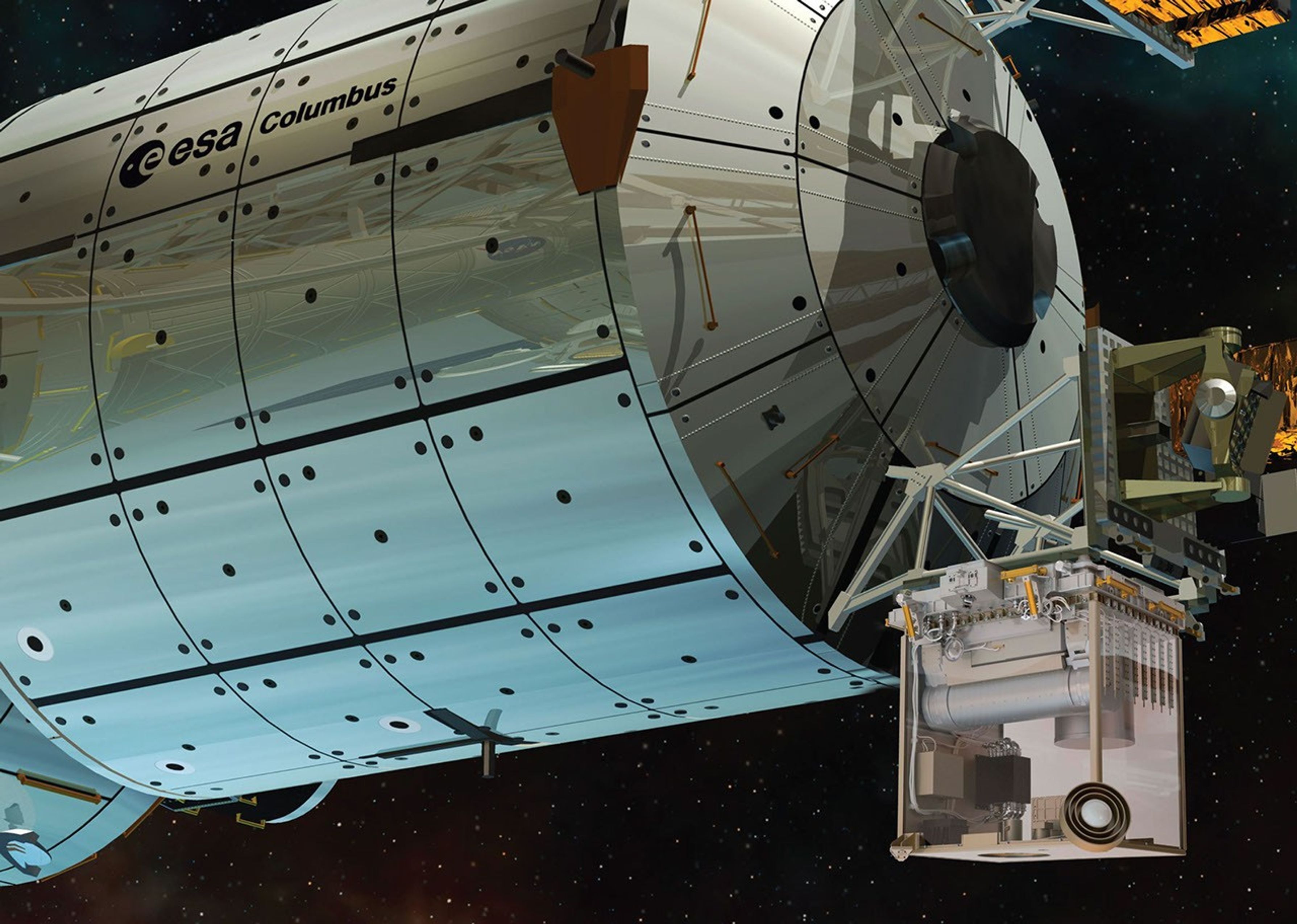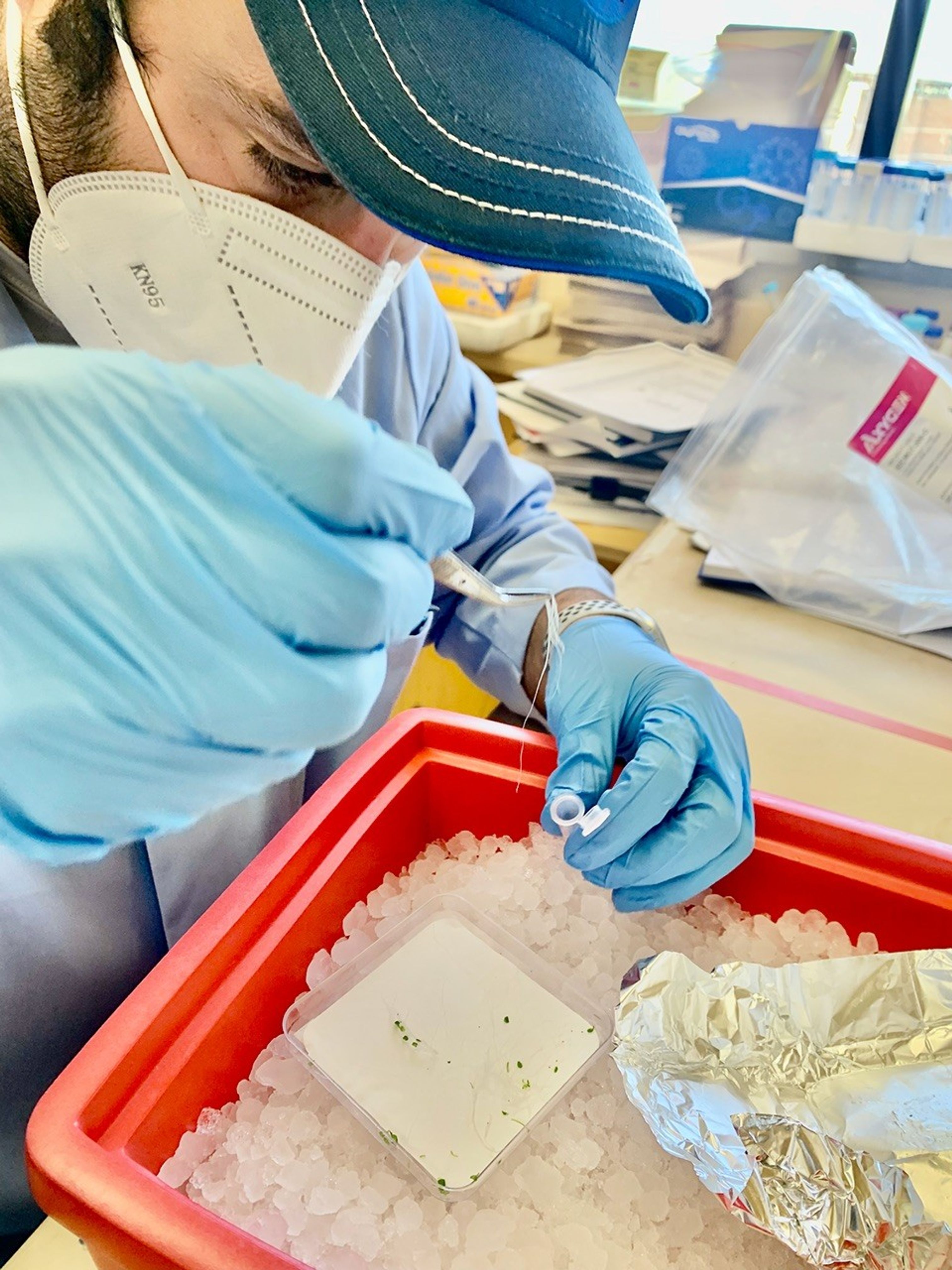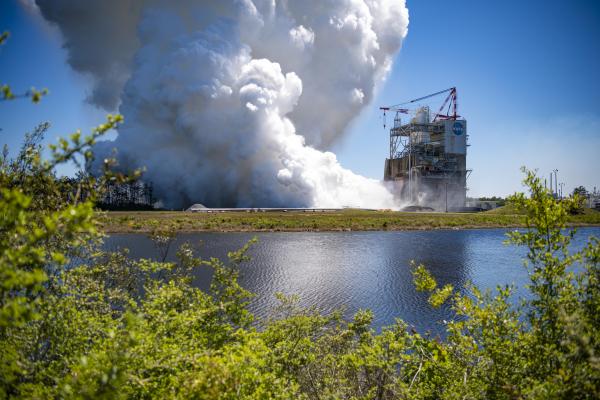Atomic Clock and Plant DNA Research Launching Aboard NASA’s SpaceX CRS-32 Mission
NASA’s SpaceX 32nd commercial resupply services mission, scheduled to lift off from the agency’s Kennedy Space Center in April, is heading to the International Space Station with experiments that include research on whether plant DNA responses in space correlate to human aging and disease, and measuring the precise effects of gravity on time. Discover more […]

NASA’s SpaceX 32nd commercial resupply services mission, scheduled to lift off from the agency’s Kennedy Space Center in April, is heading to the International Space Station with experiments that include research on whether plant DNA responses in space correlate to human aging and disease, and measuring the precise effects of gravity on time.
Discover more details about the two experiments’ potential impacts on space exploration and how they can enhance life on Earth:
“Second Guessing” Time in Space
As outlined in Einstein’s general theory of relativity, how we experience the passage of time is influenced by gravity. However, there is strong evidence to believe this theory may not be complete and that there are unknown forces at play. These new physics effects may manifest themselves in small deviations from Einstein’s prediction.
The ACES (Atomic Clock Ensemble in Space) investigation is an ESA (European Space Agency) mission that aims to help answer fundamental physics questions. By comparing a highly precise atomic clock in space with numerous ground atomic clocks around the world, ACES could take global time synchronization and clock comparison experiments to new heights.
Sponsored by NASA, United States scientists are participating in the mission in various ways, including contributing ground station reference clocks. Scheduled to collect data for 30 months, this vast network of precise clocks is expected to provide fresh insights into the exact relationship between gravity and time, set new limits for unknown forces, and improve global time synchronization.
In addition to investigating the laws of physics, ACES will enable new terrestrial applications such as relativistic geodesy, which involves measuring Earth’s shape and gravitational field with extreme precision. These advancements are critical to space navigation, satellite operations, and GPS systems. For example, without understanding the time fluctuations between Earth and medium Earth orbit, GPS would be progressively less accurate.
Probing Plants for Properties to Protect DNA
The APEX-12 (Advanced Plant EXperiment-12) investigation will test the hypothesis that induction of telomerase activity in space protects plant DNA molecules from damage elicited by cellular stress evoked by the combined spaceflight stressors experienced by seedlings grown aboard the space station. It is expected that results will lead to a better understanding of differences between human and plant telomere behavior in space.
Data on telomerase activity in plants could be leveraged not only to develop therapies for age-related diseases in space and on Earth, but also for ensuring food crops are more resilient to spaceflight stress.
Telomeres and telomerase influence cell division and cell death, two processes crucial to understanding aging in humans. Telomeres are the protective end caps of chromosomes. Each time a cell divides, the telomeres shorten slightly, essentially acting as a biological clock for cell aging. Conversely, telomerase is an enzyme that adds nucleotide sequences to the ends of telomeres, lengthening them and counteracting their shortening.
In humans, telomere shortening is linked to various age-related conditions, such as cardiovascular diseases and certain cancers. In astronauts, studies have shown that spaceflight leads to changes in telomere length, with a notable lengthening observed. This phenomenon carries potential implications for astronaut health outcomes. By contrast, plant telomere length did not change during spaceflight, despite a dramatic increase in telomerase activity.
How this benefits space exploration: Experiments aboard NASA’s SpaceX CRS-32 mission is twofold. One, they have the potential to significantly enhance precision timekeeping, which is necessary to improve space navigation and communication. Two, they can provide insights into how plants adapt to protect DNA molecules from cellular stress caused by environmental factors experienced in spaceflight, in an effort to sustain plant life in space.
How this benefits humanity: The experiments conducted on NASA’s SpaceX CRS-32 mission offer a range of potential benefits to humanity. First, improving precision timekeeping for more accurate GPS technology. Second, capturing data about how telomerase activity correlates to cellular stress in plants, which could lead to assays which better correlate telomerase activity and cellular stress and provide fundamental research to contribute to potential therapies for humans.
Learn more about the investigations:
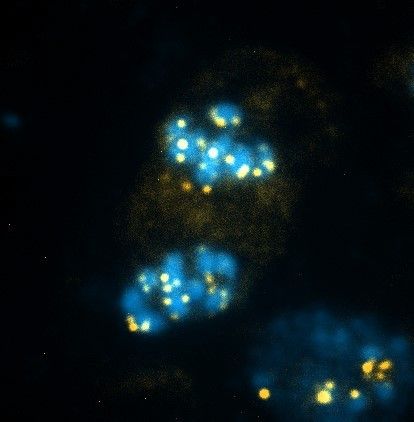
APEX-12 (Advanced Plant EXperiment-12)
Advanced Plant EXperiment-12 (APEX-12) will test the hypothesis that induction of telomerase, a protein complex, activity in space protects plant DNA molecules from damage elicited by cellular stress evoked by the combined spaceflight stressors experienced by seedlings grown aboard the space station.
About BPS
NASA’s Biological and Physical Sciences Division pioneers scientific discovery and enables exploration by using space environments to conduct investigations not possible on Earth. Studying biological and physical phenomenon under extreme conditions allows researchers to advance the fundamental scientific knowledge required to go farther and stay longer in space, while also benefitting life on Earth.
What's Your Reaction?








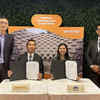










.jpg?#)












